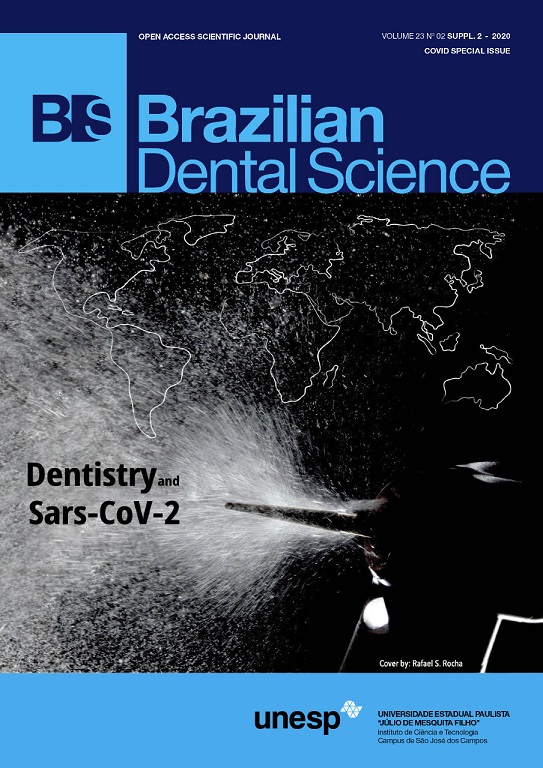Understanding SARS CoV-2 biology to win COVID-19 battle
DOI:
https://doi.org/10.14295/bds.2020.v23i2.2245Resumo
This review highlights the main findings on the biology of SARS CoV-2 and the strategies to combat COVID 19 pandemic. Since the initial outbreak in China on December 2019, the international scientific community joined efforts in an unprecedent public health battle. In late May 2020, 5 204 508 cases and 337 687 deaths have been reported by World Health Organization, with higher number of cases in Europe and Americas. SARS-CoV-2 was described as a novel variant from the coronavirus family and its genome was sequenced within a few months while COVID 19 quickly spread worldwide. The main cell receptor (angiotensin converting enzyme 2) was identified as involved in the invasion of host cells. As a result of the findings from cell biology, immunology and clinical studies, the pathogenesis of the virus started to be understood but it has been not fully elucidated so far. While a massive effort for the development of a vaccine is on course, preventive protocols for infection control have been proposed. Many studies on the discovering of effective therapeutic protocols have been developed, particularly on the redirection of already approved substances, but no gold standard treatment was established until now. An overview on the envisioned socioeconomic and politic impacts suggest that our society will be transformed after COVID 19 pandemia. As a result, deep changes in science, politics, socioeconomic and healthcare priorities shall appear in post-pandemia agenda.
KEYWORDS
Covid-19; Pandemic; SARS-CoV-2; Coronavirus.
Key-words: COVID 19, pandemia, SARS-CoV-2, coronavirus.
Downloads
Downloads
Publicado
Como Citar
Edição
Seção
Licença
TRANSFERÊNCIA DE DIREITOS AUTORAIS E DECLARAÇÃO DE RESPONSABILIDADE
Toda a propriedade de direitos autorais do artigo "____________________________________________________________________" é transferido do autor(es) para a CIÊNCIA ODONTOLÓGICA BRASILEIRA, no caso do trabalho ser publicado. O artigo não foi publicado em outro lugar e não foi submetido simultaneamente para publicação em outra revista.
Vimos por meio deste, atestar que trabalho é original e não apresenta dados manipulados, fraude ou plágio. Fizemos contribuição científica significativa para o estudo e estamos cientes dos dados apresentados e de acordo com a versão final do artigo. Assumimos total responsabilidade pelos aspectos éticos do estudo.
Este texto deve ser impresso e assinado por todos os autores. A versão digitalizada deverá ser apresentada como arquivo suplementar durante o processo de submissão.




























